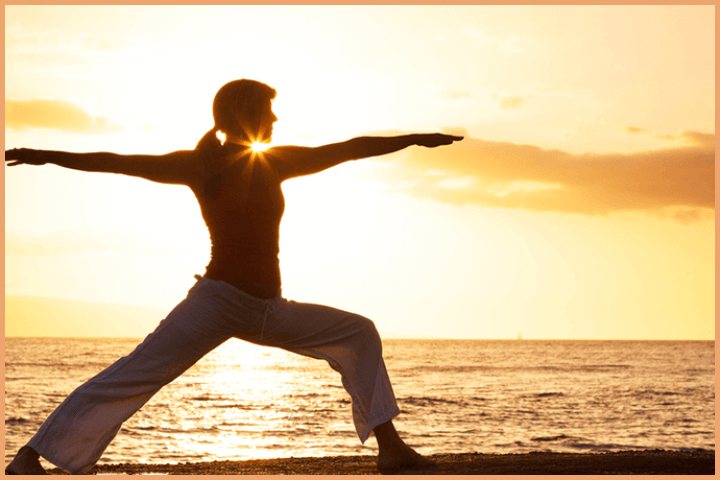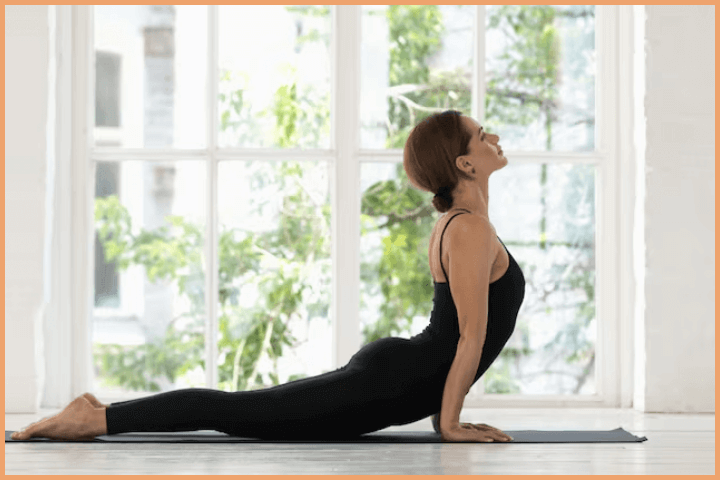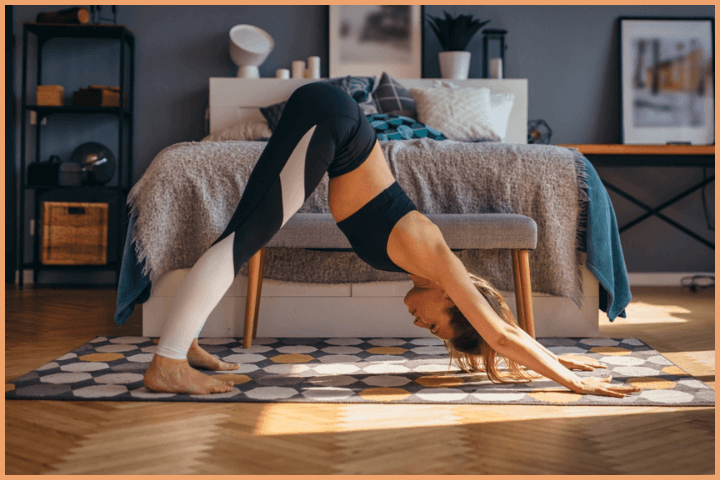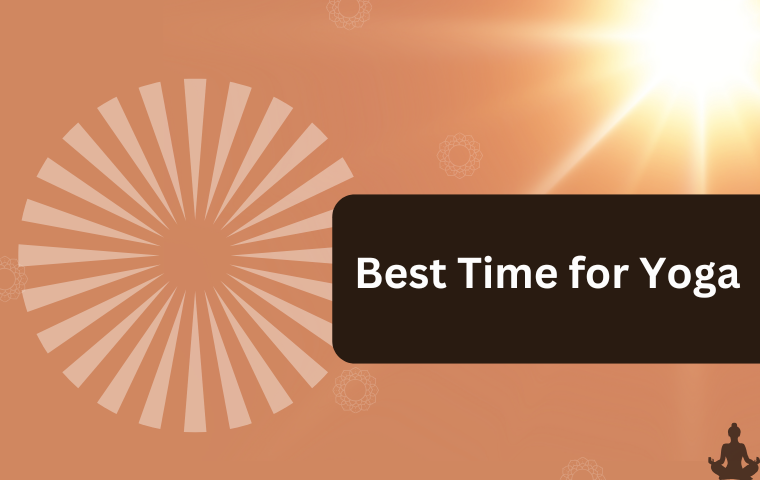Yoga is a practice that can be done at any time of the day, but the best time for you depends on your lifestyle, energy levels, and personal preferences. There’s no one-size-fits-all answer. The key to experiencing all the benefits of yoga is consistency, so you should aim to find a routine that works for you. Your ideal practice time may change as your life evolves, and that’s perfectly fine.
Morning Yoga: Energize Your Day

Many yoga traditions, such as Ashtanga, suggest practicing yoga in the morning, often before the sun rises. Morning yoga can boost your energy and set a positive tone for the day ahead. For many, the morning is a quiet and predictable time, making it easier to stick to a routine. Additionally, your body tends to feel more flexible and open in the morning after a good night’s rest.
Morning yoga is ideal for energetic practices. You might try dynamic poses like sun salutations or challenging backbends and inversions to wake up the body and mind. Some people prefer practicing yoga on an empty stomach to avoid discomfort during the session.
Afternoon Yoga: Relax and Rebalance

If you’re looking for a break from a busy day, afternoon yoga can help release stress and refocus your mind. After a few hours of work or errands, yoga can be a great way to re-energize or unwind before dinner.
In the afternoon, your muscles are likely to be more warmed up, making it easier to stretch and improve flexibility. This can also be a good time for a more intense yoga practice or a more relaxing routine, depending on how you’re feeling.
If you plan to practice yoga after eating, try to wait at least 2-3 hours so your body has time to digest. Practicing yoga too soon after a meal might cause discomfort.
Evening Yoga: Wind Down and Relax

Yoga at night can help you unwind from the stress of the day. Practicing yoga in the evening can help ease the day’s built-up stress and tension, allowing you to relax more fully and prepare for a restful night’s sleep.
Evening yoga is perfect for a calming and restorative session. Focus on gentle poses, such as seated forward folds, twists, or hip openers. These poses can assist in soothing your body, relieving tension, and setting the stage for a peaceful night’s sleep. Avoid energizing poses like backbends or inversions too close to bedtime, as they might make it harder for you to sleep.
Finding Your Ideal Time
The best time for yoga ultimately depends on when you feel most connected to your practice. It’s important to listen to your body and figure out what works best for you. If mornings feel right for you, try starting your day with a session. If evenings suit you better, set aside time to wind down with yoga. There’s no need to stick rigidly to one time, so feel free to adjust based on your schedule and energy levels.
For those practicing at home, morning and evening are often the most practical times. Mornings can help you ease into the day with energy, while evening practice can help you relax and prepare for a peaceful sleep.
Tips for Finding Your Rhythm
- Consistency is key: The more consistent you are with your yoga practice, the greater the benefits you’ll experience.
- Experiment with different times: Try practicing at different times of the day to see when you feel most energized and focused.
- Listen to your body: Pay attention to how your body feels at different times and adjust your practice accordingly.
- Stay flexible: Your ideal time for yoga might change depending on your daily schedule and energy levels.
Conclusion
Yoga can be practiced at any time of the day, and the most promising time for you depends on your body’s needs and your daily routine. Whether you prefer the energy boost of morning practice, the balance of an afternoon session, or the relaxation of evening yoga, the most important thing is to make yoga a regular part of your life. Maintain consistency, pay attention to your body, and embrace the positive effects yoga offers for both your body and mind.

